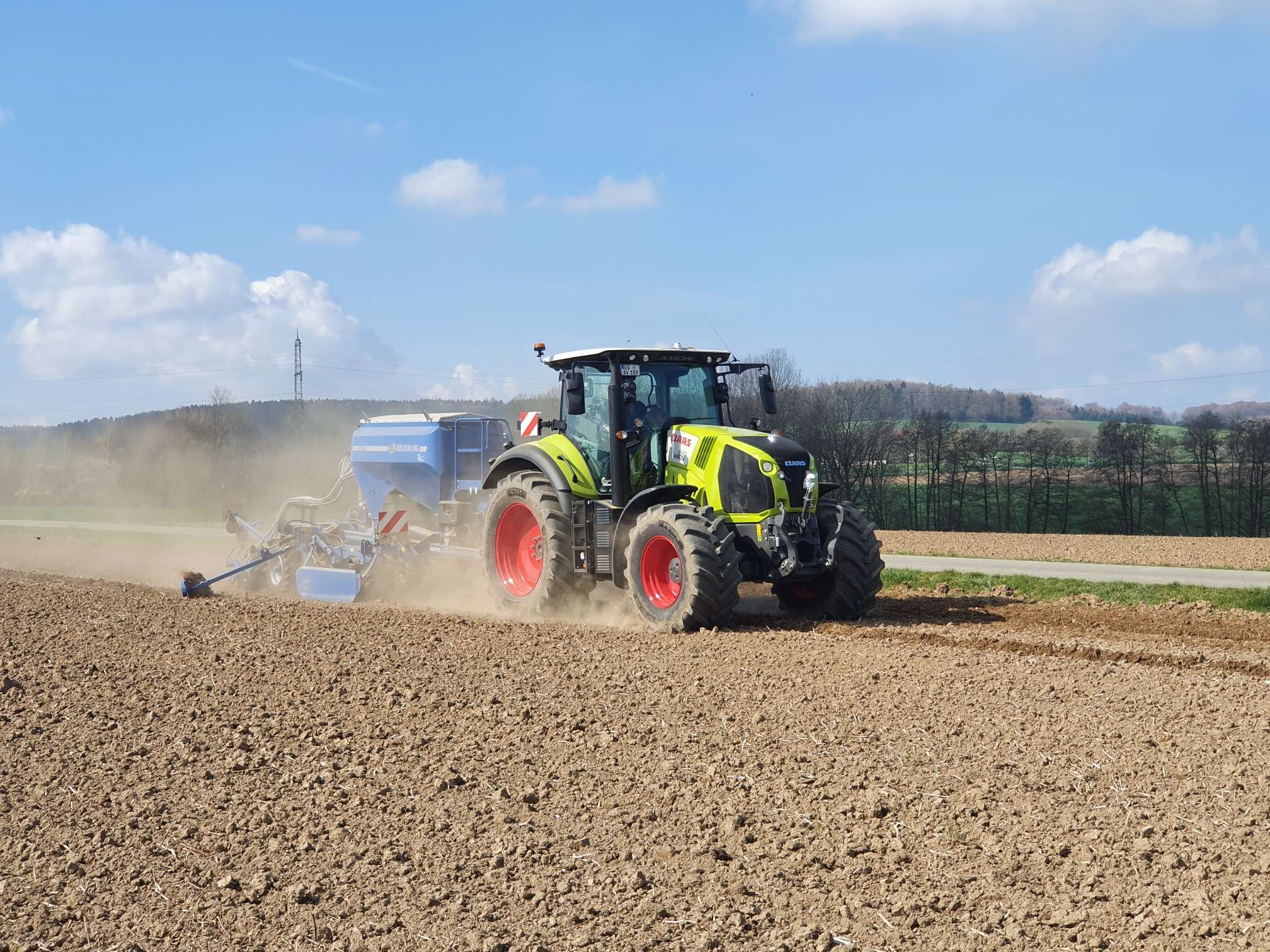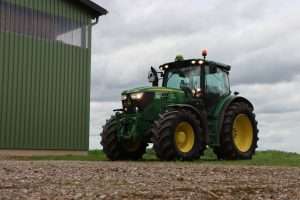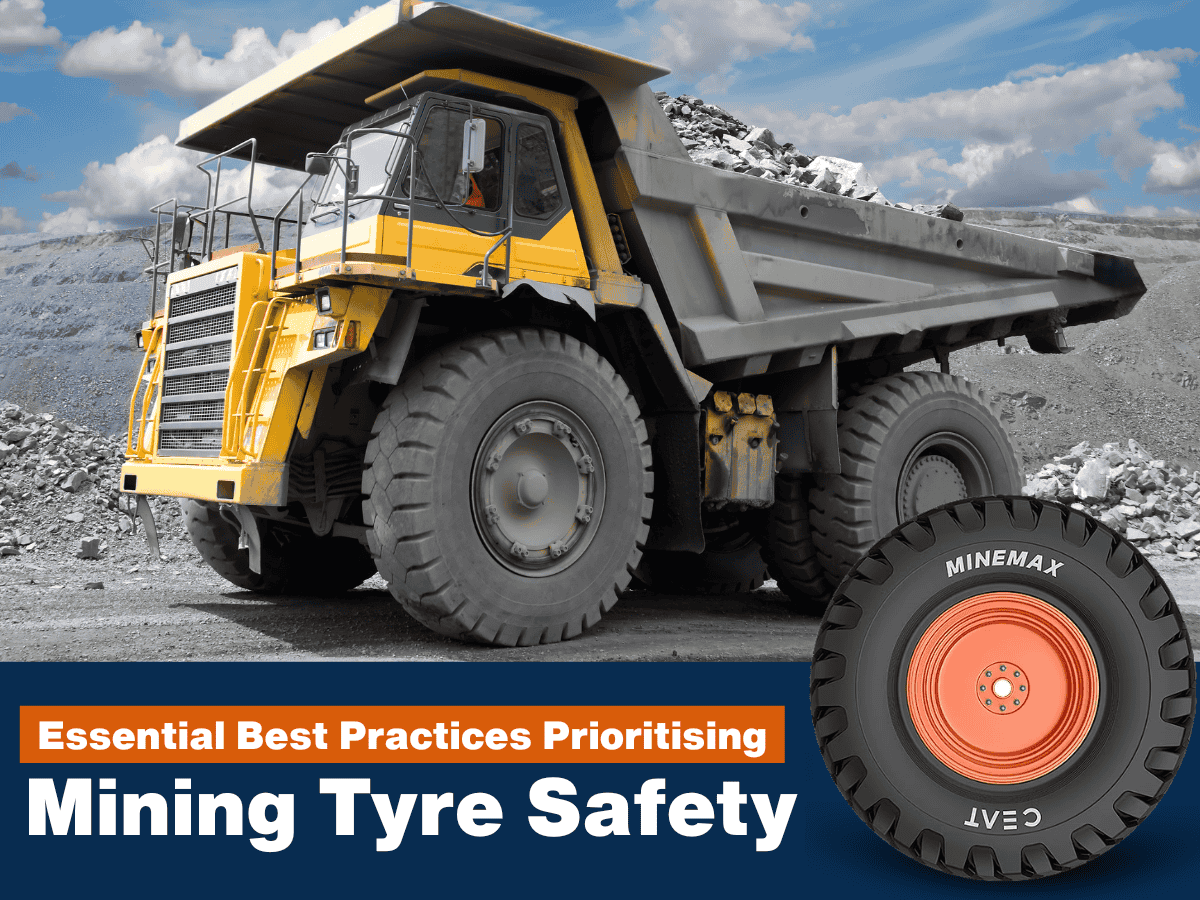ceat-speciality:blogs-tags/all,ceat-speciality:blogs-tags/tyre-care
Three ways to choose the right pressure for your tractor tyres
Thu, 17 Feb 2022 | PRODUCTS
Selecting and purchasing a new set of tractor tyres, perhaps after searching the internet for ‘tractor tyres for sale’ and ‘tractor tyres near me’, is an investment that can soon start to reward with a return, bringing about improved grip, performance and fuel efficiency from your tractor. However, the correct pressures according to the tyre type, the load and the work tasks are essential to ensure you get the maximum from tyres and tractor. So how should you choose them?
Tyres are the medium by which a tractor’s power is transmitted to the ground and turned into productive activity that brings about the intended result. Whether it’s hauling heavy loads on the tarmac, pulling a plough or cultivator through the ground, or travelling lightly across the top of grassland when applying fertiliser, correctly set-up tyres can make the difference between wasted fuel and economic performance. The most crucial setting is the amount of air in the tyres, so setting the pressures correctly for the tyres, the machine and the job is vital. Select the correct pressures for your tractor’s tyres , based on the most critical aspect of their work – the weight they are bearing.
- Calculate the load borne by each axle
If you do not have weigh cells available, it is still possible to calculate the load that each tractor axle bears when the tractor is attached to an implement. You will need to know the tare weight of each of the tractor’s axles, which can be found on the tractor serial plate or another source of manufacturer information such as the operator’s manual. Each axle load figure needs to include any front weight or implement (a) that will impact the front axle load and any rear-mounted or semi-mounted implement weight (b) that will impact the rear axle load.
Next, measure the distance between the centre of the front weight or implement and the centre of the front axle (D1). Then measure the distance between the front axle and rear axle (D2). Lastly, measure the distance between the centre of the rear axle and the centre of the rear mounted/semi-mounted implement (D3).
You can then calculate the weight on each axle:
Front-end load = front weight x ((D1 + D3)/D2) + front axle weight)
Rear end load = rear weight x ((D1 + D3)/D2) + rear axle weight)
- Use a set of independent wheel weigh cells
If you own a set of weigh cells, or if your tractor tyre dealer can make them available and help you with setting the tyre pressures for your tractor, you can precisely measure the weight borne by each of the tractor’s axles. Before doing this, ensure that any mounted or semi-mounted rear implement is lowered to the ground when the load carried by the tractor’s front axle is being weighed. Do the opposite, and raise the implement when measuring the load on the tractor’s rear axle.
When you have these figures, divide the weight by two and you will have the load borne by each tyre. Using a pressure/load table, you can now set the optimal pressure for your tractor’s tyres across the front and rear axles.
Unless you have purchased increased flexion (IF) tractor tyres, which can carry 20% more load at the same pressures or the same load at 20% lower pressures, or very high flexion (VF) tyres, for which the comparative figures are 40% in both cases, add 0.4 bar to pressure table figures for tractors that do considerable road work. This additional pressure will help minimise wear on hard surfaces.
- Use a smartphone app
If you have the basic weight information for your tractor as detailed in point 1, several smartphone apps can be downloaded to help you define the correct pressures for your tractor’s tyres at their given loads. Bear in mind that the estimated load figures provided for such calculations will be in the region of – but not necessarily precisely at – the optimal value.
Remember that the tractor tyres you purchase should be supplied with recommended pressure info which can give an approximate guide to the required pressures. Tractor tyres that are under-or over-inflated will be unproductive, damaging to the soil, easily damaged at best, and dangerous at worst. Follow these three points to find the correct pressure for your tractor tyres, and you will get the best from them, prolonging the time before you next find yourself searching the internet for ‘tractor tyres for sale’ and ‘tractor tyres near me’.









































































































































